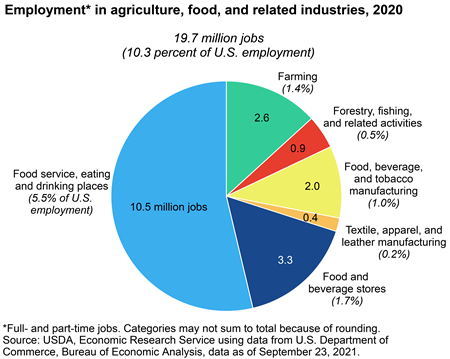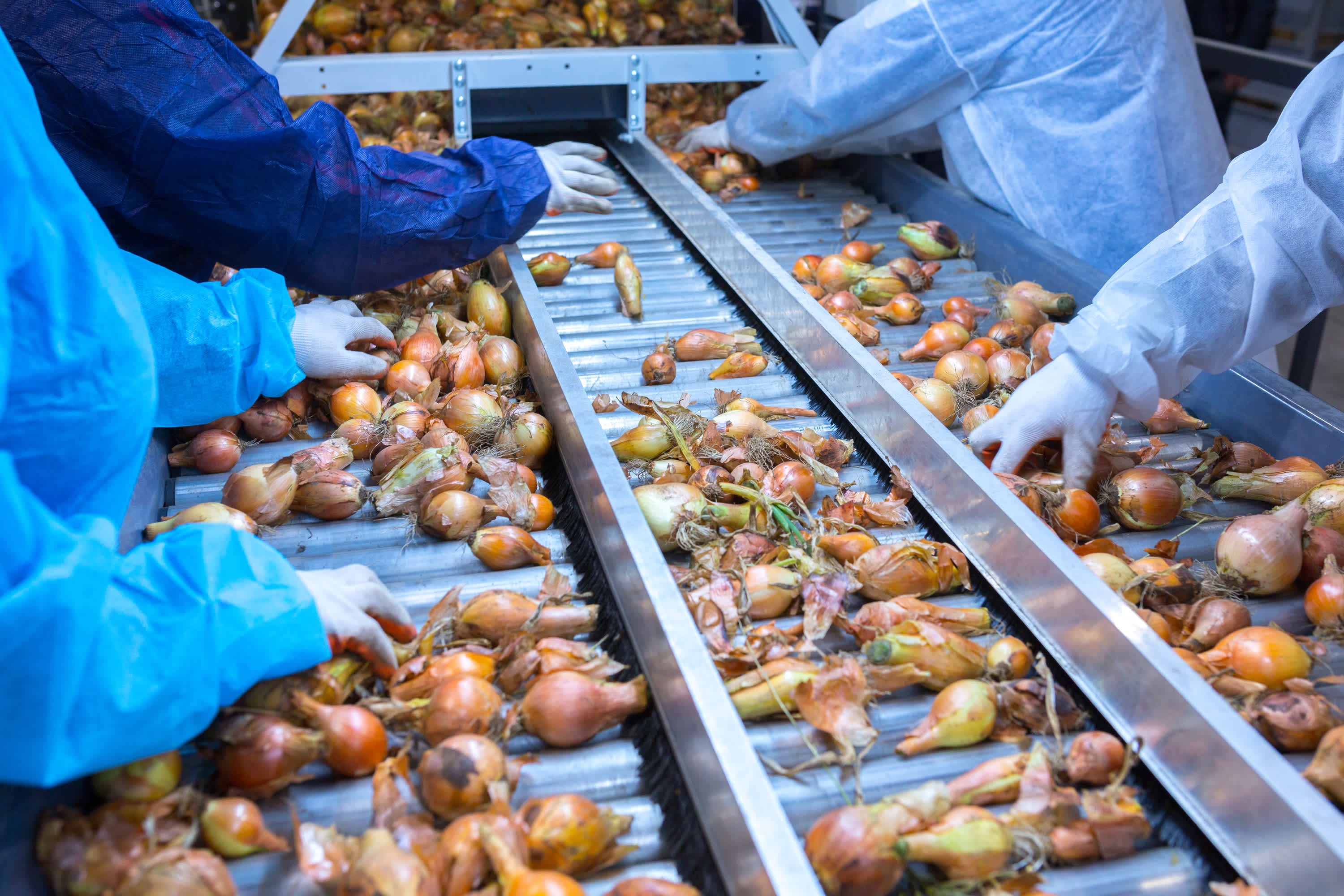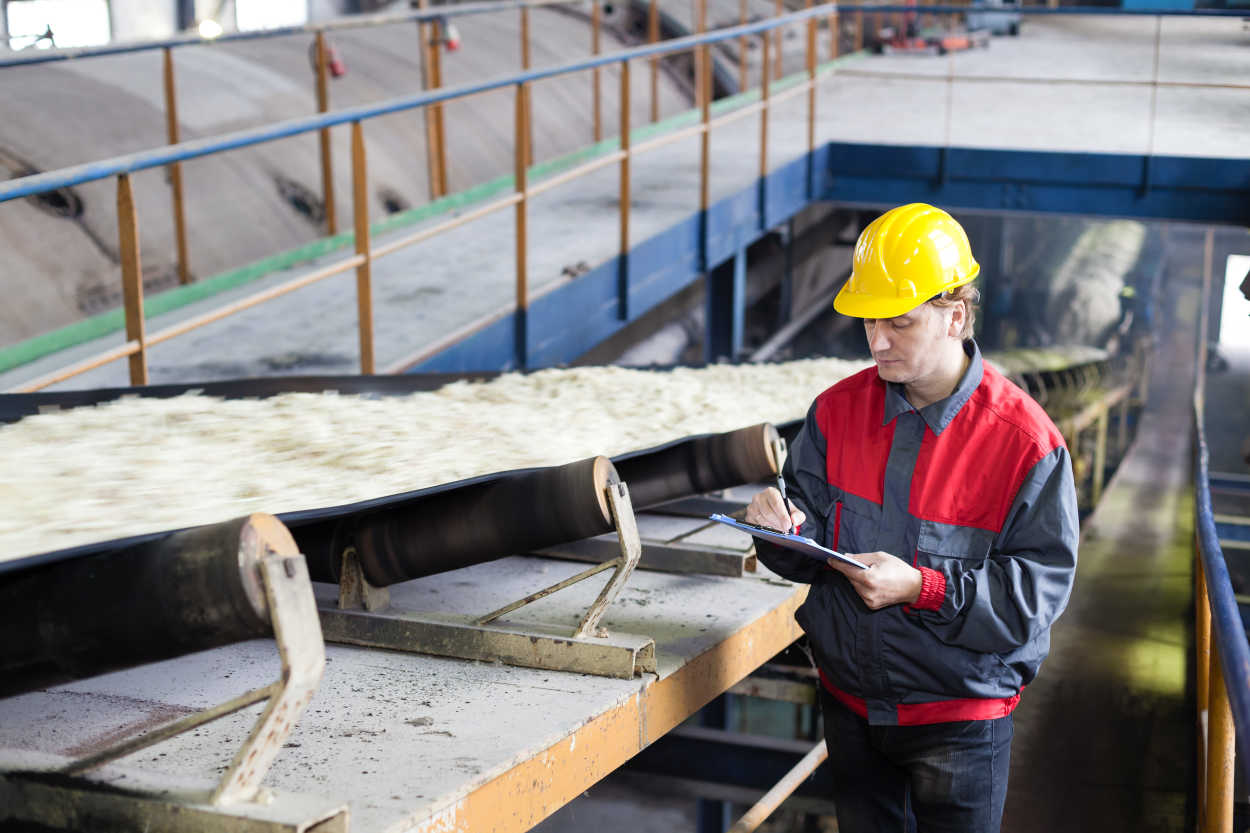Will AI Kill Jobs in the Warehouse?
A mainstay occupation in the United States (and frankly around the world), the agriculture industry has had to advance in its use of technology to keep up with the growing demand to feed an increasing world population; projected to grow to . Since agriculture has been a critical component of the global economy and developing world, those responsible for keeping up with the demand have always been people.

Image source:
According to the , in 2020, agriculture-related industries in the U.S. made up 10.3% of U.S. employment. However, the need for shelves and restaurants to stay well-stocked and people to be well-fed is causing produce harvesting, packaging, and fulfillment to fall onto the shoulders of robots and artificial intelligence, which can provide the speed, accuracy, and efficiency humans cannot.
Understandably, many anxiously wonder: will robots and AI really take over all of the jobs within the industrial agriculture industry OR only fill the gaps that humans cannot or are unwilling to fill?
Can AI and people coexist at work?

It’s more than a little daunting to read forecasts like those from the that report the workforce across all industries is leveraging faster than anyone had expected, which will displace 85 million jobs in the next five years. However, remember that historically new technologies and innovations have never wiped out the human workforce entirely in the agriculture industry. Yet, they have created new jobs with new skill sets requiring flexibility, creativity, and the willingness to adapt and learn new ways of doing necessary jobs that haven’t changed for centuries; harvesting, and delivery. With the most recent industrial revolution that relies heavily on AI, robotics, and automation, will surface in the next five years.
What does this mean for you and your warehouse? As owners, forepersons, and production managers, implementing new technologies while supporting your labor force should be at the forefront of your strategies for growth while also aiming to reduce labor costs, increase productivity and produce a quality product.
What does the future of farming and industrial agriculture look like?

Potato production has contributed to . However, for potato processing, the days of sizing, sorting, inspecting, and packaging potatoes, onions, and carrots by hand will soon be a distant memory. Still, the organic knowledge and expertise passed down from generations will always be at the center of the agriculture industry. Employing technology makes the process more efficient for the humans behind the machines.
- Artificial Intelligence for agricultural processing equipment: with equipment powered by AI, like the , potatoes and other produce can be quickly sized and beyond the human eye. Further increasing the speed and accuracy while reducing costs and increasing revenue by delivering the highest quality product to the market.
- Machine Learning Software: Again, working in sync with human knowledge, machines that use software employing and algorithms to detect good and bad produce for market significantly reduce labor costs and human error, increasing quality and profitability.
Watch AI in Action from Pepper Equipment Co.
We know that people will always remain at the center of the industrial agriculture industry, and while technology can supplement human labor, it’s the people that make the industry. Machines have worked alongside humans for decades, and yes, technology may be outpacing human labor, but won’t replace it. Instead, technology is being leveraged with human innovation to meet the demands of an ever-growing population. The industrial agriculture industry will always require a human touch.
Are you looking for produce solutions? , the expert in agriculture equipment industry solutions, technology and equipment.
